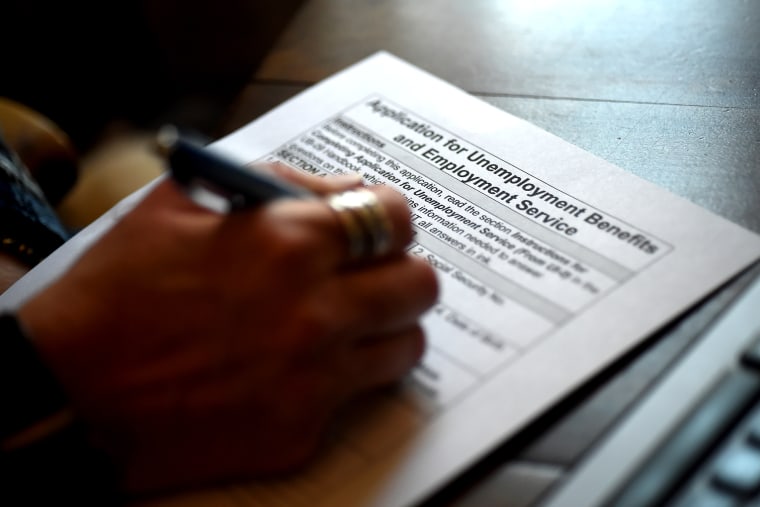As regular readers know, progress on weekly unemployment claims has been hit or miss in recent months, though the new report from the Labor Department pointed once again in a discouraging direction.
In the week ending February 13, the advance figure for seasonally adjusted initial claims was 861,000, an increase of 13,000 from the previous week's revised level. The previous week's level was revised up by 55,000 from 793,000 to 848,000. The 4-week moving average was 833,250, a decrease of 3,500 from the previous week's revised average.
Those looking for encouraging elements here are going to be discouraged. The previous week's revisions were awful; the new tallies are quite a bit worse than the figures we saw in October and November; and this is the 48th consecutive week in which the number of Americans filing for unemployment benefits was worse than at any time during the Great Recession.
The need for additional congressional investments -- sooner rather than later -- seems obvious.
To that end, President Joe Biden's proposed COVID relief package, which the White House refers to as the "American Rescue Plan," is progressing on Capitol Hill. Multiple House committees advanced the proposal last week, and Democratic leaders have told members that a final vote on the House floor is on track for next week.
If successful, the bill would go to the Senate for consideration, with a target date for final passage the week of March 8. The timeline is relevant, not only because of the public need, but because key unemployment benefits are set to expire in mid-March.
The conventional wisdom suggests the package is on the right track, but there are a variety of details to work out -- most notably whether the plan includes a minimum-wage increase -- and it remains a heavy lift. Watch this space.

